Challenge
Of the various techniques for converting solar energy into electricity, the parabolic trough collector has established itself as an efficient concentrator module for solar plants with a capacity of up to 100 MW. Steam turbines are driven by the heat transferred to a thermal fluid within the collector to generate electricity. However, considering that multi-junction solar cells can convert over 40% of solar radiation directly into electricity, using steam turbines seems like a 'detour'. Could the focal line of a parabolic trough be split into multiple new focal lines, allowing plenty of multi-junction solar cells to be arranged in rows, complete with systems for electric wiring and cooling?
Invention
The RES-Trough Collector uses a parabolic mirror to concentrate solar radiation onto a focal point at the centre of a heat-absorbing tube containing a heat transfer fluid. The collector is coaxial with a surrounding optical system comprising lenses or prisms. This optical system then distributes the concentrated radiation onto a number of new focal lines on the surface of the heat-absorbing tube. A multitude of multi-junction solar cells are installed in rows on these new focal lines to receive the concentrated and distributed solar rays. Depending on the width of the parabolic trough, a concentration factor of up to 500 can be achieved in order to generate electricity. The heat absorbed by the cells is transferred by the heat transfer fluid to cool them down.
Advantages
- Direct transformation of solar energy into electricity and heat
- Using a parabolic trough with single-axis tracking to achieve high concentration factors
- Provision of a cooling system for multi-junction solar cells
- Protection of the solar cells against environmental impacts and pollution
- Reduction of electricity generation costs
Applications
- Large scale generation of electricity in solar plants
- The absorbed solar heat can be used to either generate electricity or provide thermal conditioning for a building
